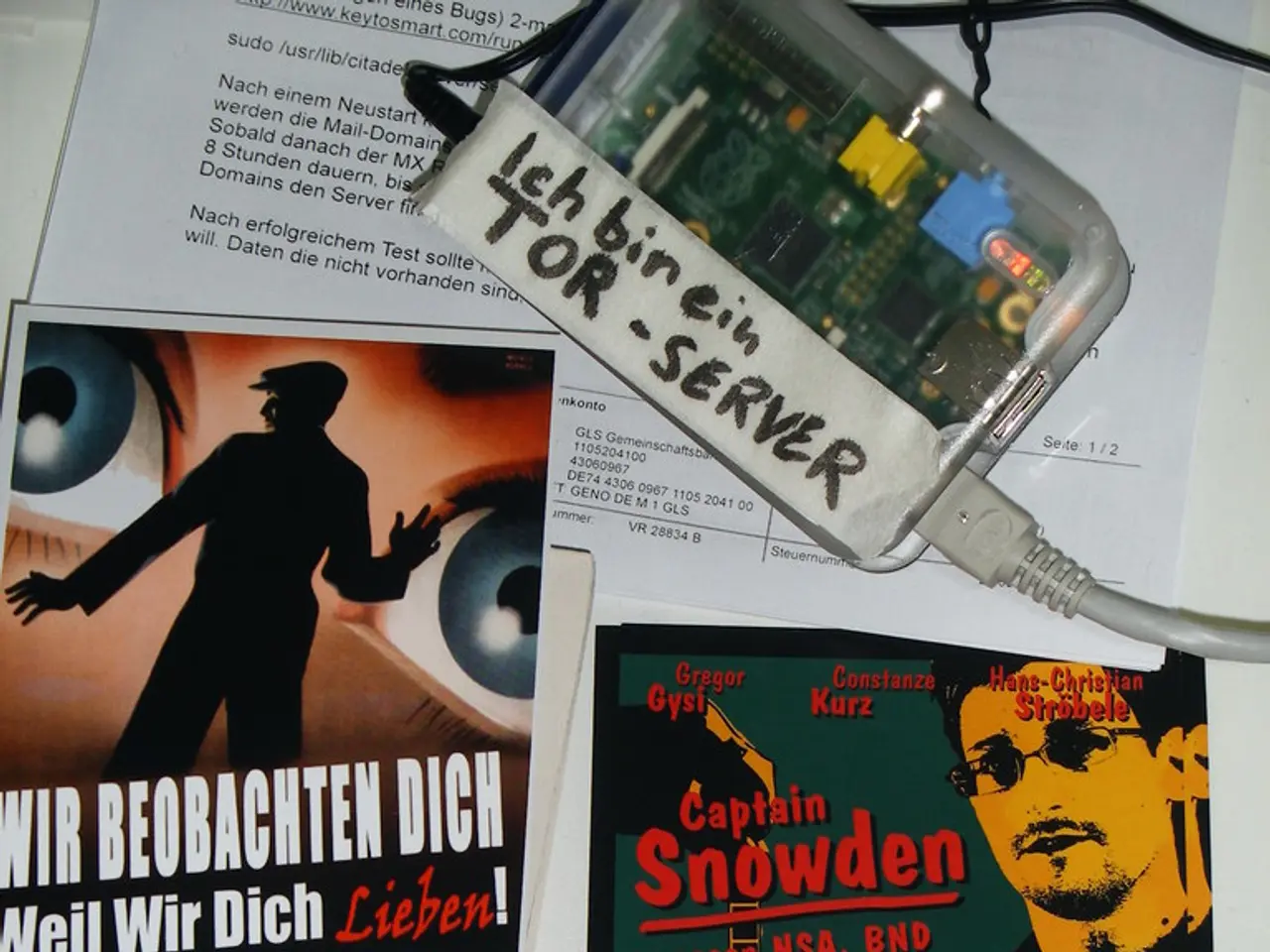Course outline for Forensic Physics, encompassing both standard (FACT) and enhanced (FACT Plus) syllabi.
In the realm of forensic science, advancements are continually being made to enhance the investigation and analysis of evidence. This article will delve into some of the key techniques and tools being utilised in various fields, from forensic spectrophotometry to video technology.
Forensic Spectrophotometry
Forensic spectrophotometry, a crucial component of forensic analysis, employs techniques such as Fourier Transform Infrared (FTIR) Spectroscopy and Raman Spectroscopy. FTIR measures the absorption of infrared light by materials to identify organic and inorganic compounds, while Raman detects vibrational modes based on molecular polarizability changes. Both techniques offer precision, versatility, and minimal sample preparation, making them indispensable in forensic investigations.
Video Technology
The introduction of video technology has revolutionised forensic analysis, particularly in the realm of digital signal processing, colour video, and digital television standards. Understanding these aspects is essential for the examination and interpretation of video evidence in various contexts, such as hit-and-run investigations or motorcycle accident investigations.
Motorcycle Accident Investigation
Investigating motorcycle accidents requires a unique approach, taking into account factors such as dynamics, rake, turning, acceleration, brakes, and slide-to-stop speed determination. Understanding these mechanical considerations is vital in reconstructing the accident and determining the cause.
Road Evidence
Road evidence plays a significant role in forensic investigations. Examining road obstructions, defects, marks, and damage, including tyre marks and skid marks, can provide valuable insights into the events leading up to an accident.
Textile, Paper, and Fibre Analysis
Physical and instrumental analysis of fibres evidence and dyes, examination of damage to textiles, yarn, weaving, and fabrics are all crucial aspects of forensic science. Classifying and understanding the properties of textiles, paper, and fibres is essential for interpreting and authenticating evidence.
Vehicle Examination
Examining vehicles involves analysing common components, assessing damage, and understanding mechanisms such as tyres, brakes, door locks, speed recording devices, safety restraint systems, and vehicular fires. This knowledge is invaluable in determining the cause of accidents and reconstructing events.
Speed Determination
Various methods are used to determine speed, including measuring skid marks, calculating speed from vehicle yaw, and analysing speed on different road surfaces. These techniques are essential in forensic investigations, particularly in cases of high-speed accidents.
Computer-Aided Design
Reconstructing accidents using Computer-Aided Designing (CAD) has become a standard practice in forensic science. This technology allows investigators to create detailed 3D models of accident scenes, aiding in the understanding of the events that occurred.
Watermarking, Interlacing, and Compression
Understanding aspects such as watermarking, interlacing, de-interlacing, double compression, duplication, and re-projection is crucial for analysing and authenticating digital evidence.
Soil Evidence
Physical examinations of soil evidence, soil mechanics, structure, composition, baking, compaction, and agro-soil additives are all factors that forensic scientists must consider when analysing soil evidence. Instrumental analysis and interpretation of soil evidence are vital in solving crimes.
Building Materials Analysis
Identifying adulterated cement and adulterants, sampling evidence materials, and conducting physical and chemical analysis of cement, cement mortar, and cement concrete are all part of the forensic examination of building materials.
Nano-Science and Nano-Technology
Nano-science and nano-technology are increasingly being utilised in forensic science. The selectivity of nanoparticles, their compatibility, and feasibility make them valuable tools in the analysis of physical evidences.
Forensic Examination of Glass Fractures
Physical and microscopic examination of glass evidence is essential in forensic investigations. Understanding the properties of glass and the patterns of fractures can provide valuable insights into the events leading up to a crime.
Paint Analysis
Examining the composition of paint, instrumental analysis of pigment, and interpreting paint evidence are all crucial aspects of forensic science. Understanding the properties of paint can help investigators determine the source of a sample or the sequence of events in a crime.
In conclusion, the field of forensic science is continually evolving, with advancements being made in various areas, from spectrophotometry to video technology. Understanding these techniques and tools is essential for investigators and analysts alike, as they strive to unravel the mysteries of crimes and bring justice to those affected.
- Forensic spectrophotometry, as a significant part of forensic science, implements methods like Fourier Transform Infrared (FTIR) Spectroscopy and Raman Spectroscopy, useful for identifying organic and inorganic compounds.
- Video technology has transformed the realm of forensic analysis, particularly in digital signal processing, colour video, and digital television standards, aiding in the examination of video evidence.
- Motorcycle accidents necessitate a unique approach, factoring in mechanics such as dynamics, rake, turning, acceleration, brakes, and slide-to-stop speed determination.
- Road evidence, including road obstructions, defects, marks, and damage, offers valuable insights into the events leading up to an accident.
- Textile, paper, and fibre analysis is crucial in forensic science, involving the physical and instrumental analysis of fibres, textiles, yarn, weaving, and fabrics.
- Examining vehicles includes assessing damage, understanding mechanisms such as tyres, brakes, door locks, speed recording devices, safety restraint systems, and vehicular fires.
- Nano-science and nano-technology are increasingly being utilized in forensic science, offering potential value as tools in the analysis of physical evidences.




